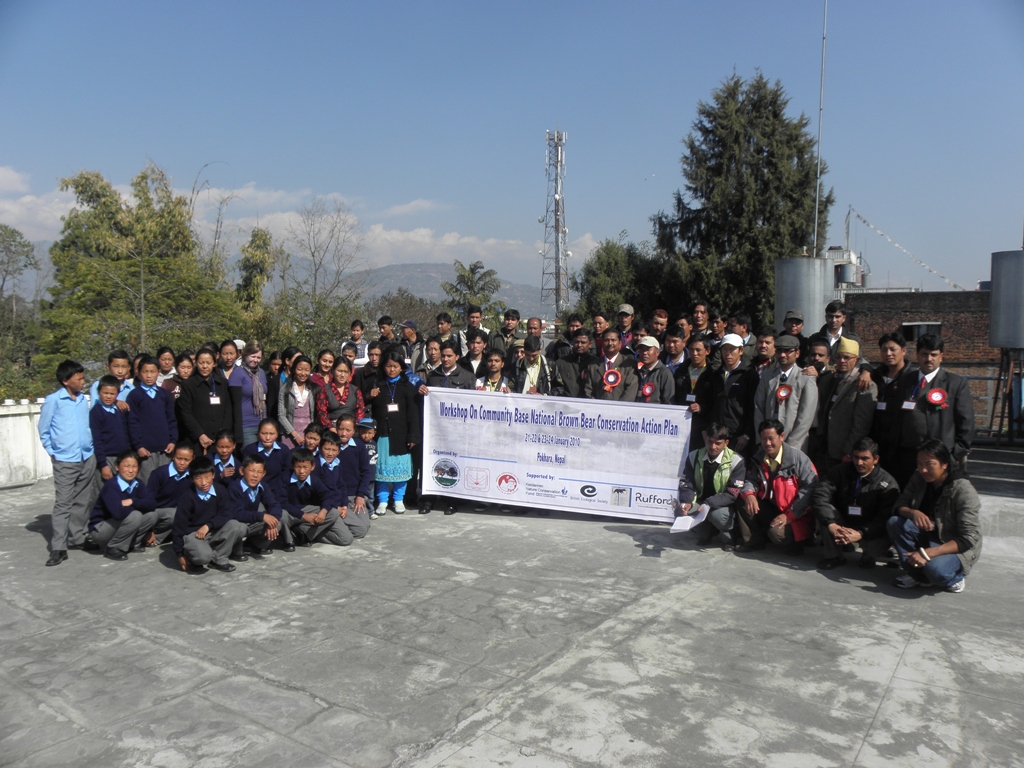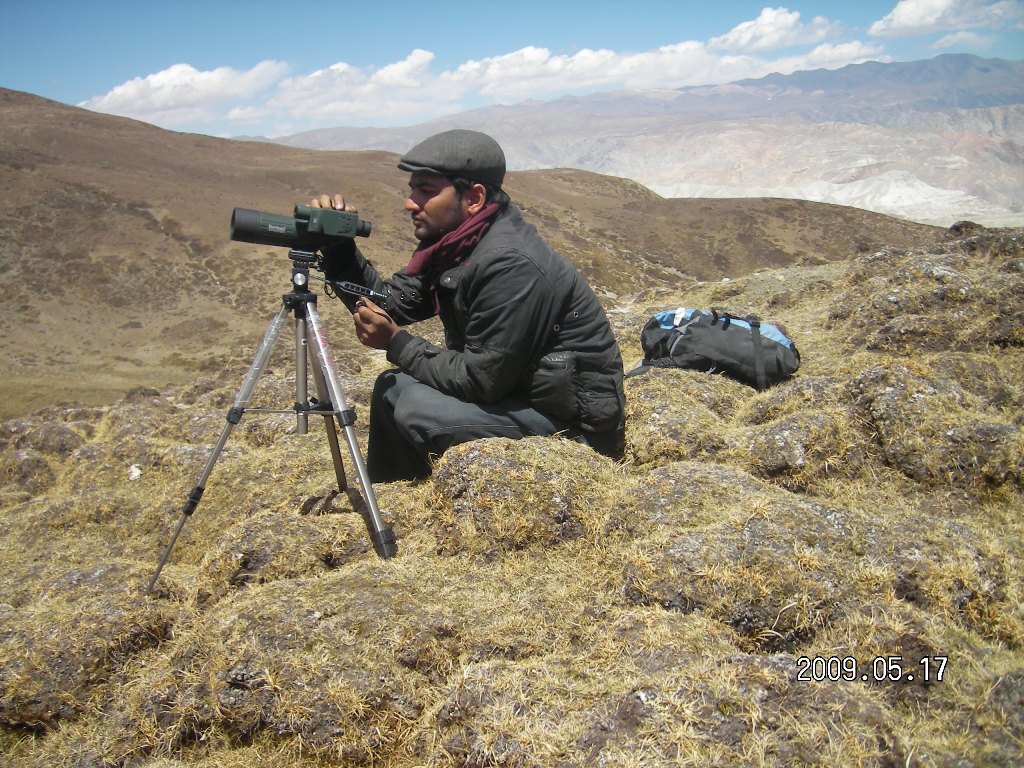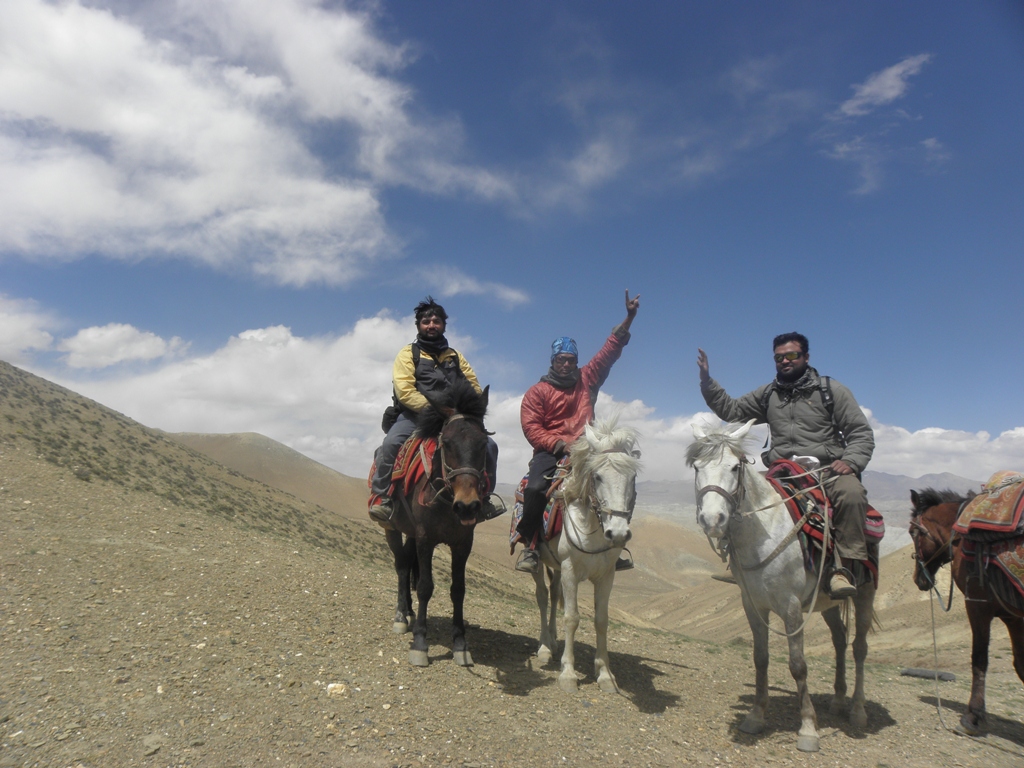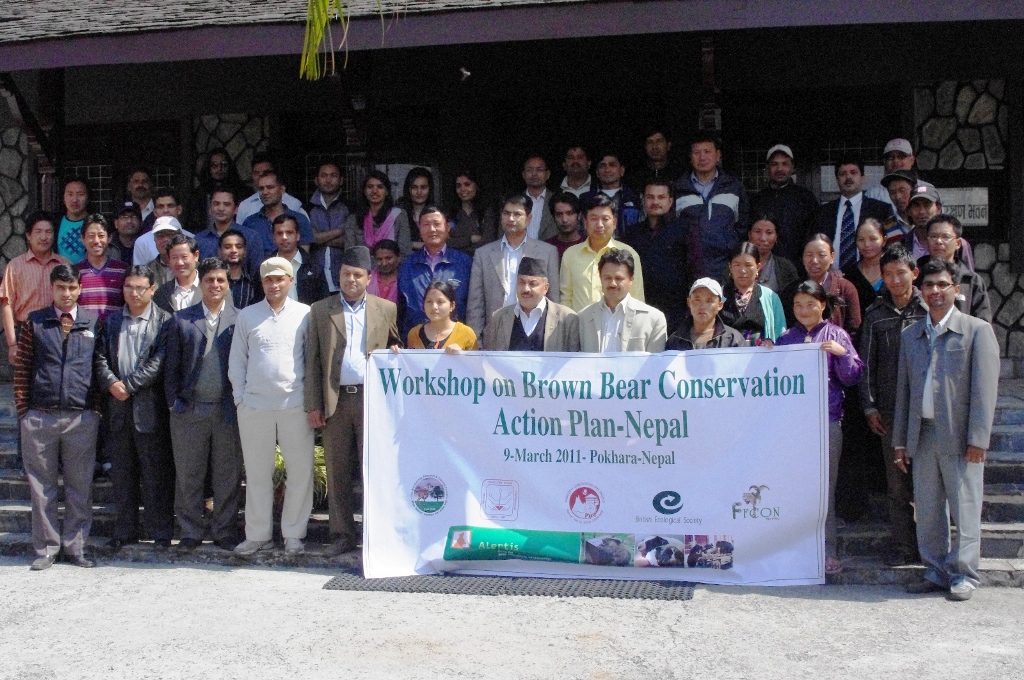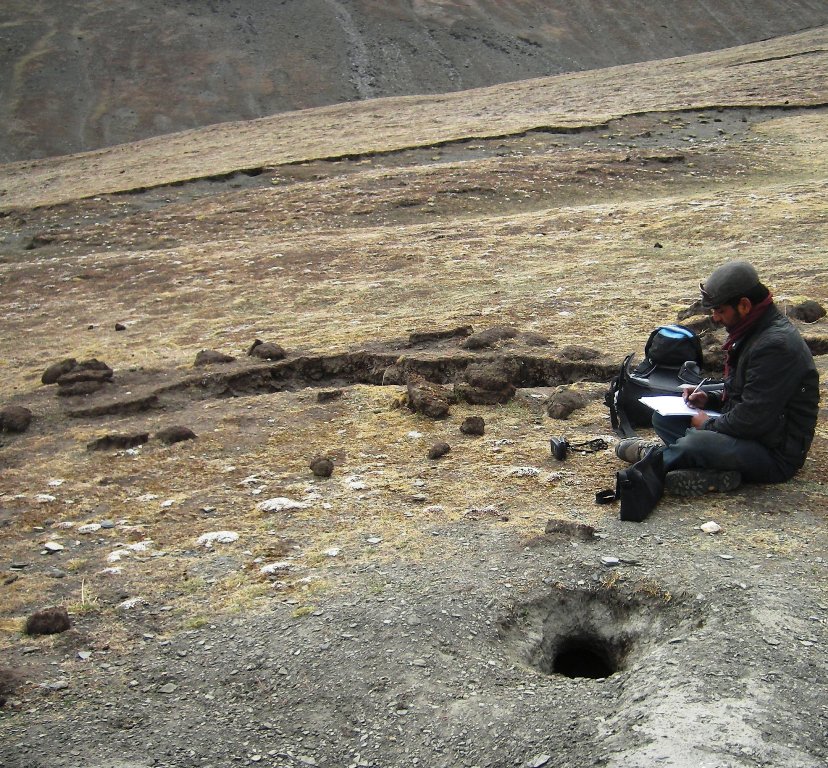Increased knowledge and awareness among local people regarding the lifestyle of bears is of great importance if we want to adequately protect wild animals like bears. Unfortunately, in Nepal, knowledge and awareness about these topics is still lacking. Therefore, education programmes for schools, training for the local people and an eco-club have been set up for this project between 2011-2014. The desired outcome from this training was that local people learned how to deal with bears within their immediate vicinity and received information regarding the protection of bears and nature in general. Multiple workshops for shepherds and civil servants were also organised under this programme.
More about bear research in Nepal
Data relating to the bear population was collected through a wide range of different methods. Researchers interviewed people from the villages in the areas where conflicts between humans and bears occurred, DNA material is collected from hair samples and droppings, and tracks (such as claw marks on trees, footprints on the ground and traces of digging) were investigated. Information was also collected about the habitat such as the type of forest, slopes, the soil types and tracks of other animals. All of the information collected was processed and analysed via a specially developed computer program. The ultimate objective of this project was to contribute to the National Brown Bear Conservation Action Plan whose primary goal is to provide protection to the brown bear in Nepal. This is still an ongoing process.
Results
The following has been achieved during the two projects in Nepal:
1) Presence/absence surveys of the brown bear in all potential areas of the corridor between Annapurna Conservation Area and Shey Phoksundo NP and within the protected areas.
2) Examine distribution and habitat use of brown bears in the study areas.
3) Investigate human-wildlife conflict in the region and quantify the damage and conflict created by brown bears.
4) Investigate the diet of brown bears and assess the percentage of livestock and other wild prey in the brown bear’s diet.
5) Draft the Brown Bear Conservation Action Plan for Nepal.
